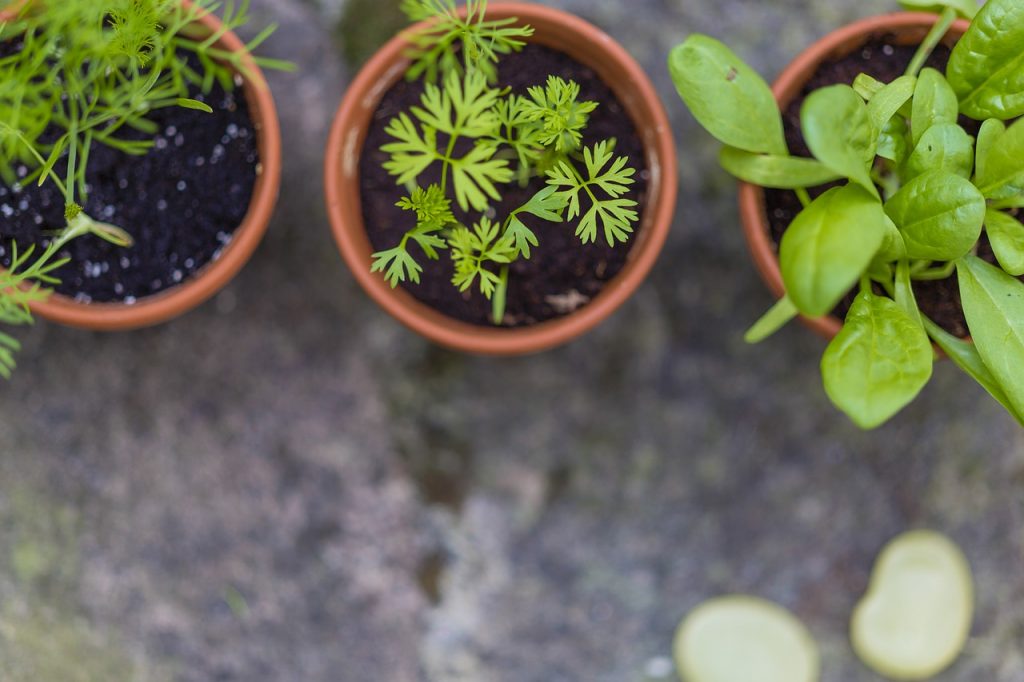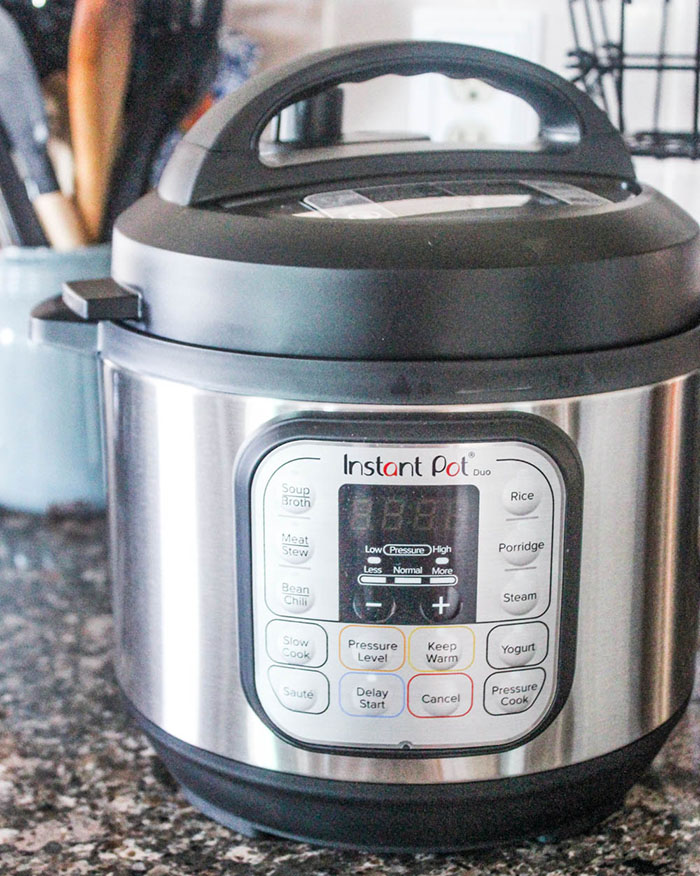How to Grow Herbs
If you have ever wondered how to grow herbs indoors, you are in the right place.
Fresh herbs can be expensive at the grocery store, and they often require purchasing much more than you need. Not to mention that they don’t last long. Sure, you can freeze what’s left, but you won’t have that fresh flavor that you get in fresh herbs.
When you grow your own herbs indoors, you can only snip off the herbs that you need when you need them. This means less waste, less money spent, and you will always have fresh flavors in your kitchen.
As an Amazon Assoicate, I earn from Qualifying purchases.

How to Grow Herbs Indoors
It’s really easy to grow fresh herbs; you need to gather a few supplies, choose herb seeds and watch your herb bouquet blossom.
What you will need
- Find a spot in your home to start your herb garden. Most times it’s the kitchen, but keep in mind that your herb garden will need at least five hours of sunlight most days and be free of drafts.
- Next, consider how many herbs you will be planting, and find a few smaller pots with drainage holes on the bottom that will hold all of your herbs. I like these little tera cota pots for an indoor herb garden.
- Purchase good seeds or good quality plants from your local garden center. I find it’s easier to buy the young plants that have already been started.
- Your herbs will also need a good quality Potting soil.
Start Planting
- It’s time to start planting! Fill the pots a little more than halfway with the potting soil. Remove the plant from its container and place it in the pot. Add more dirt to cover the plant’s roots, and continue to fill the pot with dirt.
- Once all of your herbs and pots are full, place them in your chosen sunny spot.
- Water your herb plants every few days, making sure the soil doesn’t completely dry out.

The Best Herbs to Grow in an Indoor Garden
Most any herb that grows outdoors can be successfully grown indoors. The most commonly used herbs for cooking are basil, oregano, chives, mint, rosemary, and thyme. All six of these herbs will grow well indoors. Oregano needs the most sunlight of the herbs in this group, so plan accordingly.
Other popular herbs to grow indoors include:
- Chervil
- Parsley
- Cilantro
- Dill
- Sage
- Tarragon
- Rosemary
- Basil
- Oregano
What to do with Fresh Herbs
Cooking with Herbs
Cooking with herbs is the most popular way to use herb plants. You can add them to meat rubs, sauces, soups, salad dressings, and salads. They add a wonderful flavor to any recipe.
Tip! When using fresh herbs in a recipe, add them at the end of the cooking cycle.
Herbs can also be used to flavor beverages (think mint, in tea, ice water or mojitos). When you have the fresh herbs growing in your home, you can experiment with them and all of their wonderful flavors.
Make Potpourri
Dried herbs such as lavender, rosemary, mint, lemon balm are perfect for drying and turning into a potpourri. This is a fun way to use of a bumper crop of herbs at the end of the growing season.
Tie the herbs together with a string and hang them upside down in a dry dark space for about two weeks. Once the herbs are dry, you will be able to sample the aromas from each herb and determine which herbs to mix an match together for your homemade potpourri.

Move the Herbs Outdoors
Your indoor garden doesn’t have to stay inside when the weather gets warm, you can move them outside.
When the weather warms up, you can move your fresh herbs outside to grow. Here’s how:
- Wait until the weather is warm enough to leave the plants outside. Depending on where you live, spring can still be too cold to bring them outside. Once the nighttime temperature reaches 55 degrees or above consistently and there is no danger of frost.
- Start by bringing the plants outdoors for a few hours each day for about a week. Be sure to bring them in at night. Increase the amount of time each day and within a week you should be able to leave your herb plants outdoors for the rest of the summer.
- Don’t forget to water them!


